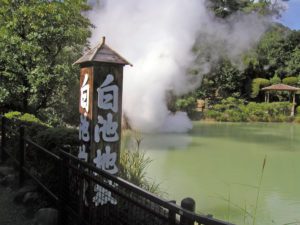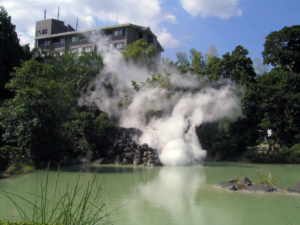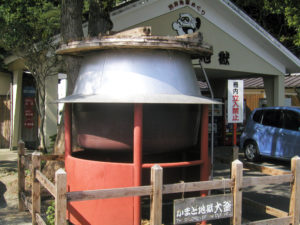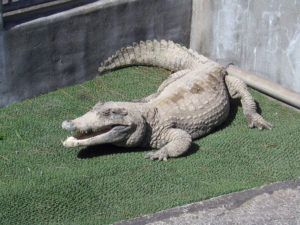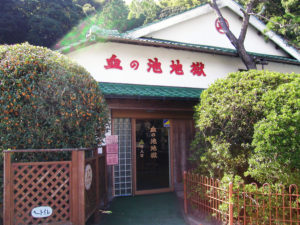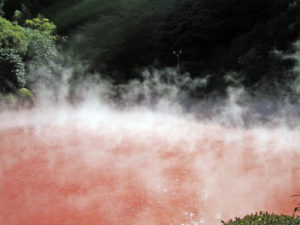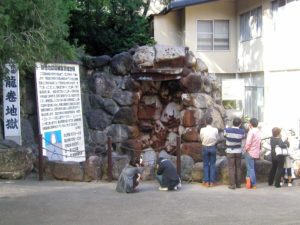Net fishing experience, in Itoshima, Fukuoka-prefecture
This is one of the traditional fishing methods using fishing net in which the fish are
caught by pulling both end of rope by hand.
The net is set up by boat so that it is spread over the points where fish are likely to gather,
and the rope is returned to the shore.
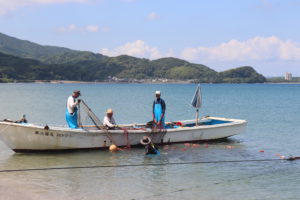 |
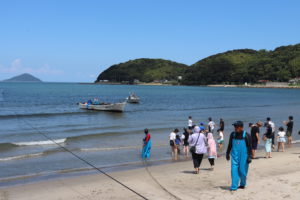 |
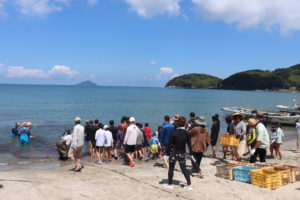 |
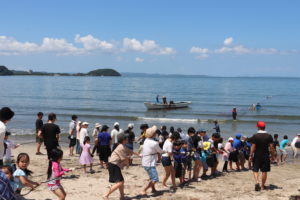 |
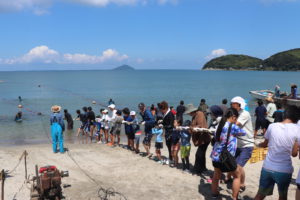 |
 |
Cycling in Okagaki, Fukuoka-prefecture
Okagaki is located west side of Fukuoka-prefecture and is facing to Genkai Sea.
A road dedicated to bicycle run along the Genkai Sea from Okagaki Tourism
Association to Ashiya, the distance is 7.5 km.
Beautiful scenery of Genkai Sea can be enjoyed.
Various rental cycles available at Okagaki Tourism Association.
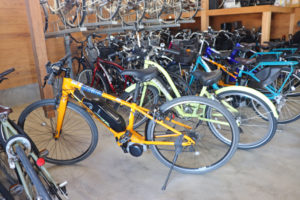 |
 |
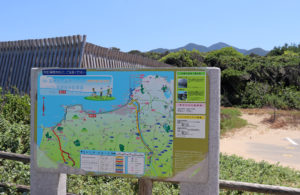 |
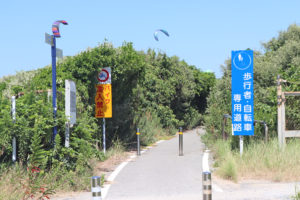 |
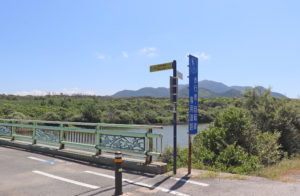 |
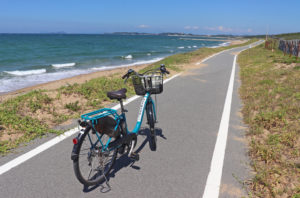 |
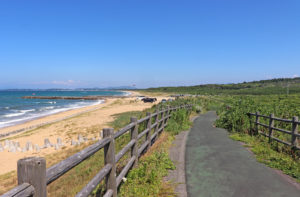 |
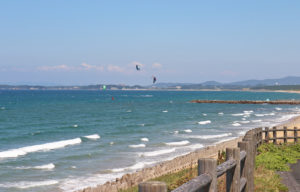 |
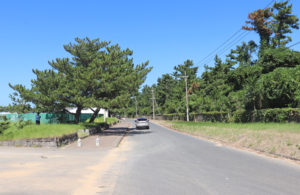 |
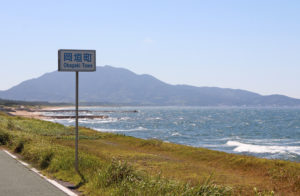 |
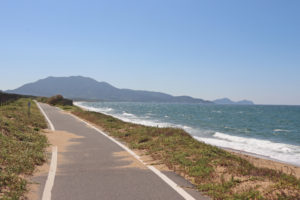 |
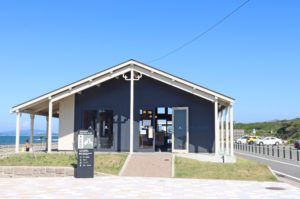 |
Keya Cave cruise, in Itoshima, Fukuoka-prefecture
The most largest basalt cave in Japan. The entrance of the cave is 64 metre high and 10
metre width and the depth is 90 metre. It is designated as one of three major Basalt caves
in Japan.
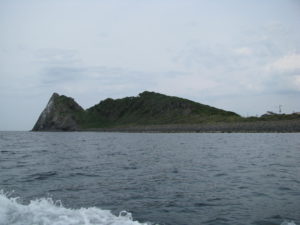 |
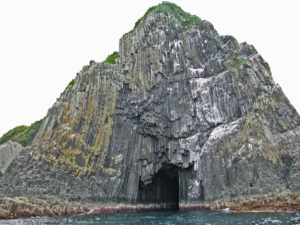 |
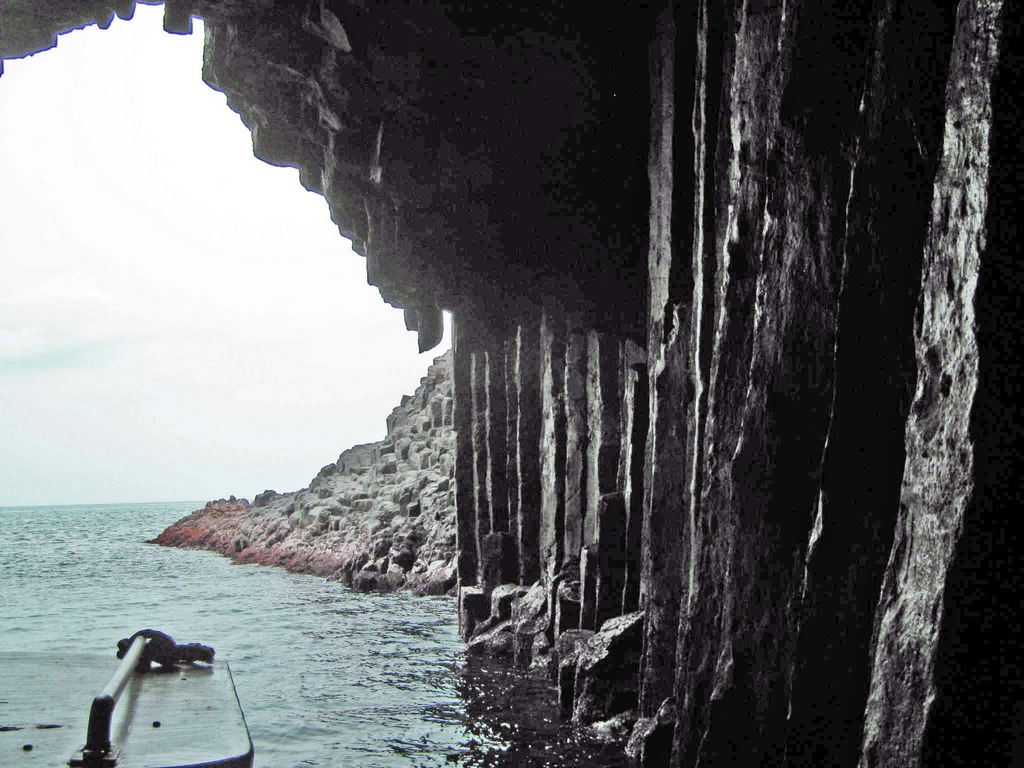 |
The 1st largest basalt cave in Japan consist of octagon and hexagon columnar joints.
Yanagawa Canal boat cruise, Fukuoka-prefecture
Yanagawa Canal boat cruise is to board a small boat called the Donkobune
and slowly go down the river skillfully maneuvered by a boatman with
bamboo pole.
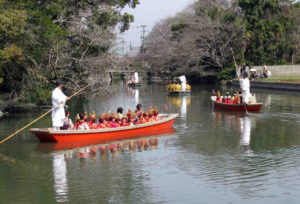 |
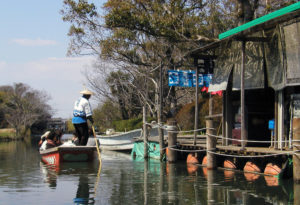 |
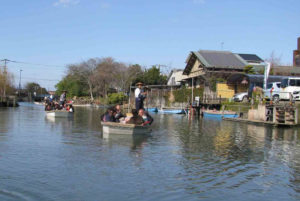 |
You will enjoy a leisurely cruise along the streets and houses which still retain
some remnants of castle town, hearing the boatman’s explanation of the history
and landscape of Yanagawa. You can also enjoy the specialty of Yanagawa eel
steamed in basket called “Unagi-no-seiromushi” on the boat.
Pottery experience in Koishiwara, Fukuoka-prefecture
Make your own original Koishiwara-yaki pottery. Koishiwara-yaki is a type of Japanese
traditional pottery in Koishiwara. The history dates back to the 17th century, when the third
Lord Kuroda Mitsuyuki (1628–1707) invited potters from Imari, Saga-prefecture to Fukuoka.
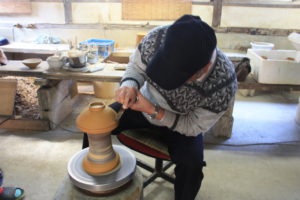 |
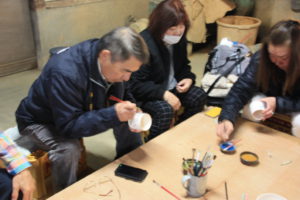 |
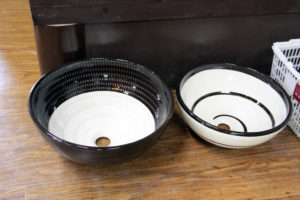 |
Try your hand at making the famous local Koishiwara-yaki pottery at Ota-gama pottery,
by learning how to create your own piece of Koishiwara-yaki pottery.
Fruits harvest experience, in Fukuoka-prefecture
Let’s enjoy harvesting Fruits. In the harvest time, the northern Kyushu boasts many area
with beautiful fruit orchards. Fukuoka is one of the leading fruit-producing prefecture in all
Japan. The fruit production in Fukuoka is primarily concentrated in the southern Chikugo
region such as Ukiha, Asakura and Tanushimaru.
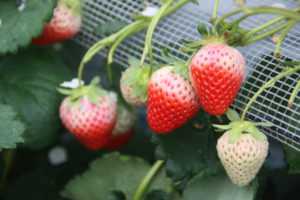 |
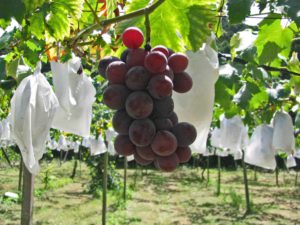 |
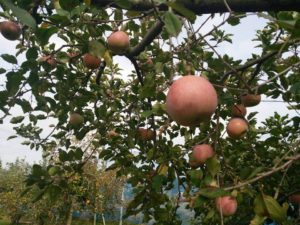 |
Strawberry : December through May, in Ukiha and Yame
Grape : August to beginning of October, in Ukiha and Tanushimaru
Persimmon : Middle of October to beginning of December, in Asakura,
Ukiha and Tanushimaru
Apple : August to December, in Asakura and Kama
Kabosu, September to October in Bungo-ono, Oita-prefecture
Gunkan-jima island cruise, in Nagasaki-prefecture
The cruise ship take you exploring Tachibana bay from Nagasaki port and landing on
Hashima island. The site has been registered on UNESCO World Heritages as Sites
of Japan’s Meiji Industrial Revolution.
Now Hashima is a ruins called “Gunkanjima”, so called after its resemblance to the
silhouette. Hashima Island is located 3 km southwest of Takashima, and it was the
success of Takashima that led Mitsubishi to purchase this island, both islands giving
access to the same undersea coal deposit.
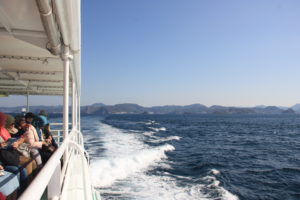 |
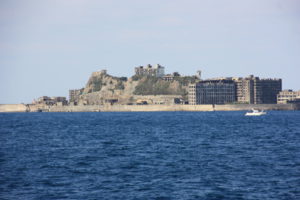 |
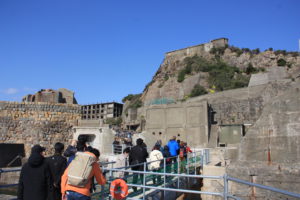 |
Hashima coal mining island is an artificial reclaimed island and the site of Japan’s first
major undersea coal exploitation pioneered by Mitsubishi – and host to one of the world’s
most extraordinary former mining communities.
Dolphins watching cruise, in Shimabara, Nagasaki-prefecture
Let’s meet wild Dolphins. Approximately 300 wild Dolphins live in the sea between the Shimabara
Peninsula and Amakusa.
The dolphin watching cruises have become increasingly popular for all ages, especially because
it is possible to see the dolphins so close that you could almost touch them.
frolicking in the sea.
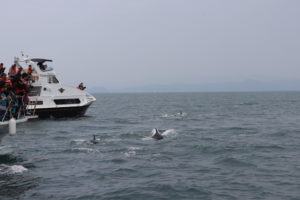 |
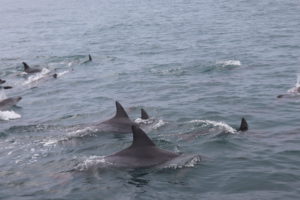 |
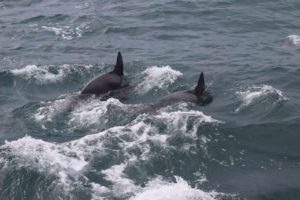 |
Japan’s longest foot bath, in Obama, Nagasaki-prefecture
The Japan’s longest foot bath. Called “ Hot foot 105 ” is the Japan’s longest foot bath in
Obama Onsen Resort, located at the mountain foot of Unzen in Shimabara peninsula.
The length of foot bath is 105m which is same number of the hot spring source temperature of
105 degree Celsius.
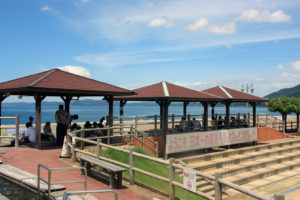 |
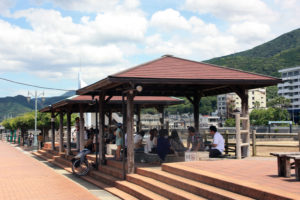 |
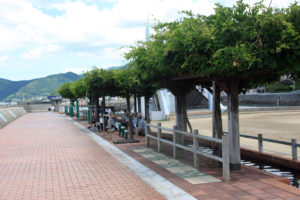 |
Beppu Hell tour, in Beppu, Oita-prefecture
Beppu’s most hyped attraction, Hell (Jigoku Meguri ) tour that is a collection of hot spring
where the water bubbles forth from underground, often with unusual result. Five of the
hells are located in the Kannawa district where over 4 km northwest of Beppu station, and
two in the more remote Shibaseki district.
Kannawa district : 5 hells are located within walking distance of each other in this area.
Umi-Jigoku
Sea Hell, it resemble of sea, this 200 metre deep, cobalt blue pond of boiling water
emerge 1200 years ago after a volcano explosion.
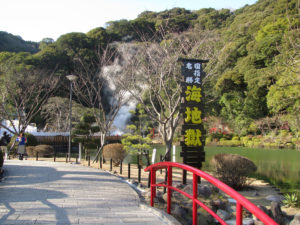 |
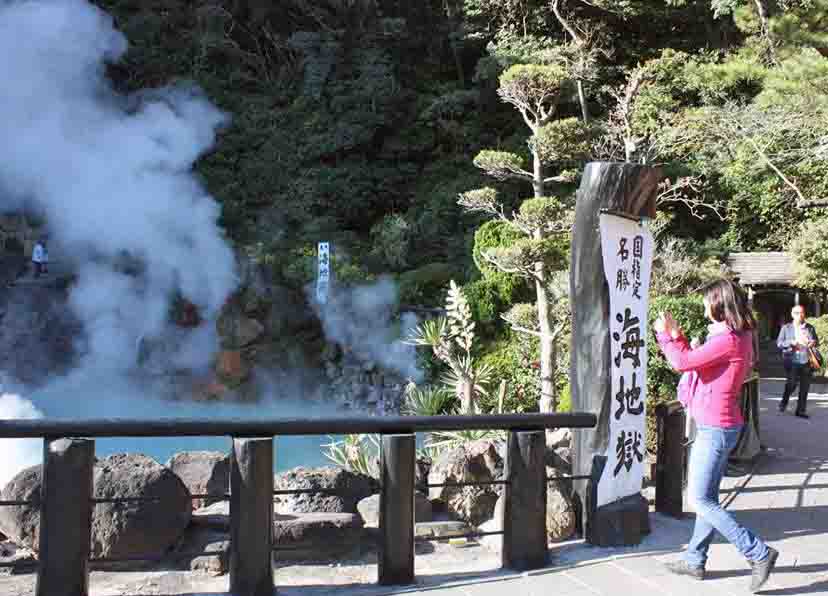 |
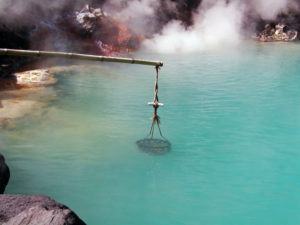 |
Oniishi Bouzu-Jigoku
Oniishi shaving Head Hell, large and small bubble of hot gray mud that boiling up here
look like the shaven head of monks.
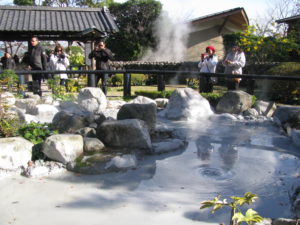 |
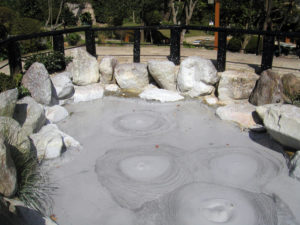 |
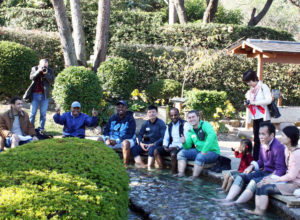 |
Shiraike-Jigoku
White Pound Hell, the colorless water that naturally spouts from the ground mysteriously
turn creamy white.
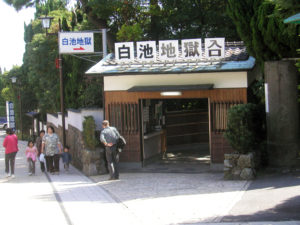 |
|
|
Kamado-Jigoku
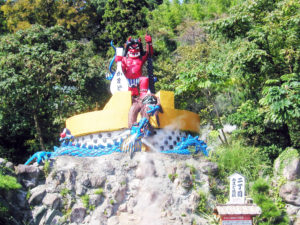 |
|
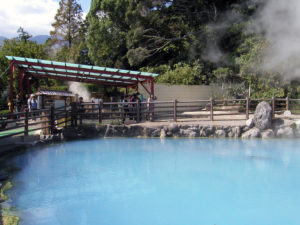 |
Oniyama-Jigoku
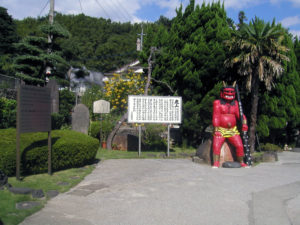 |
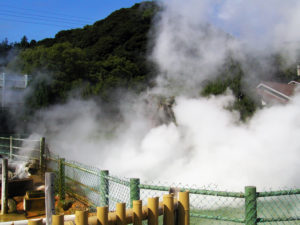 |
|
Shibaseki district
It takes about 5 minutes by car or bus from Kannawa district to this Shibaseki district.
Chinoike-Jigoku
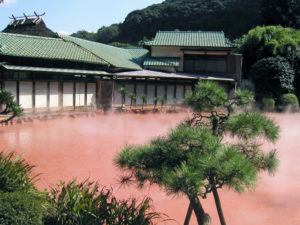 |
Tatsumaki-Jigoku
|
|
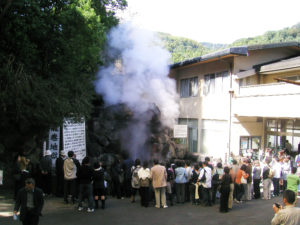 |
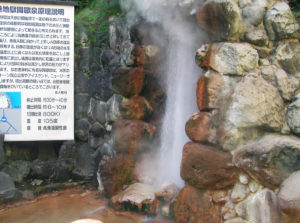 |

